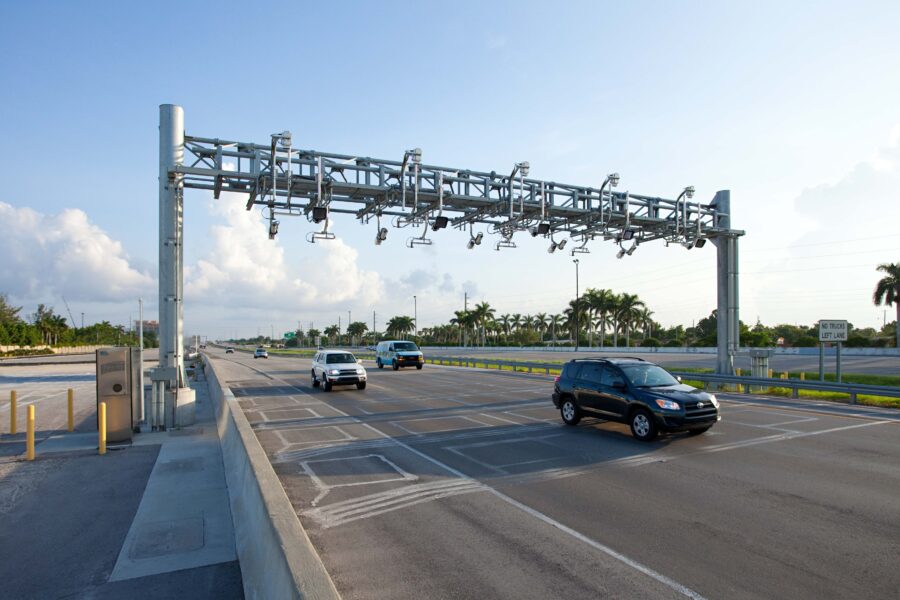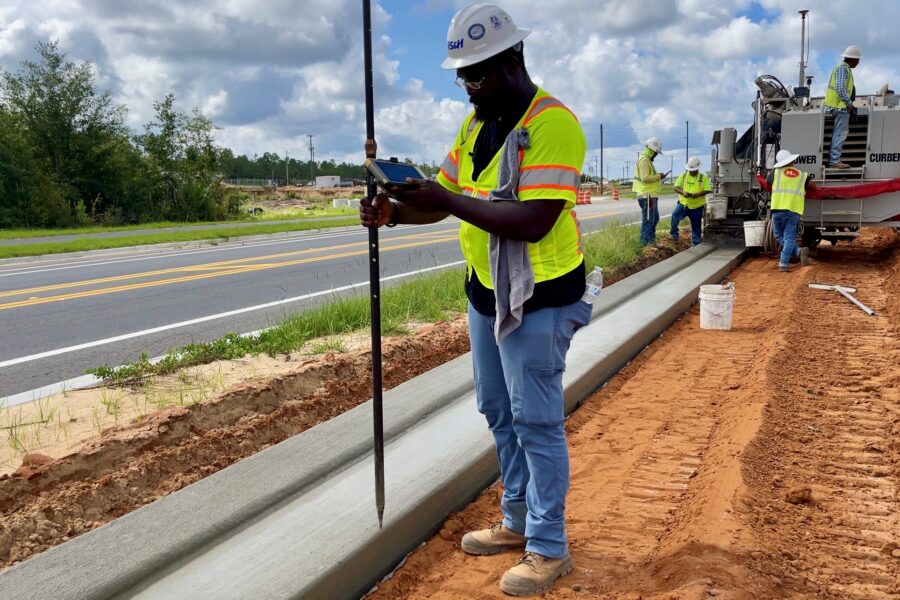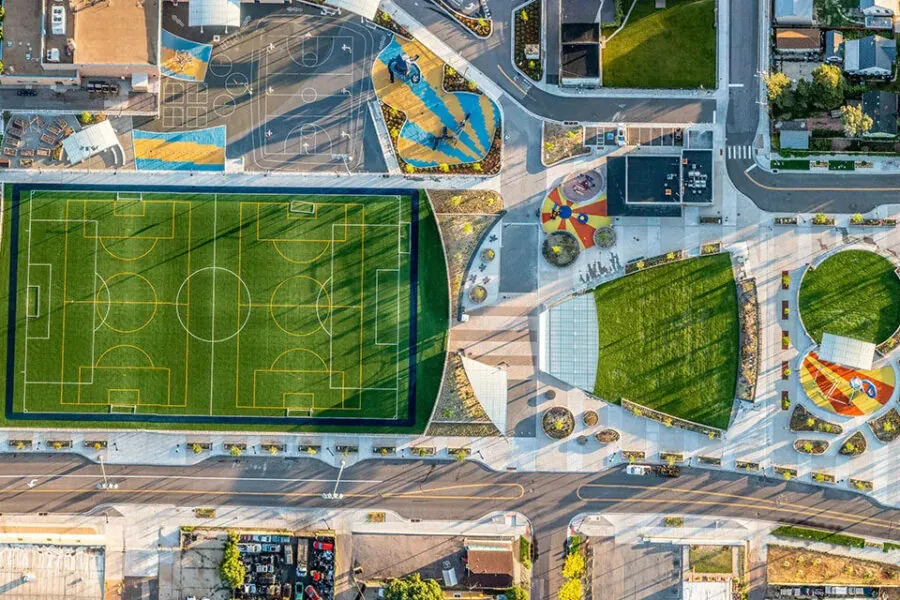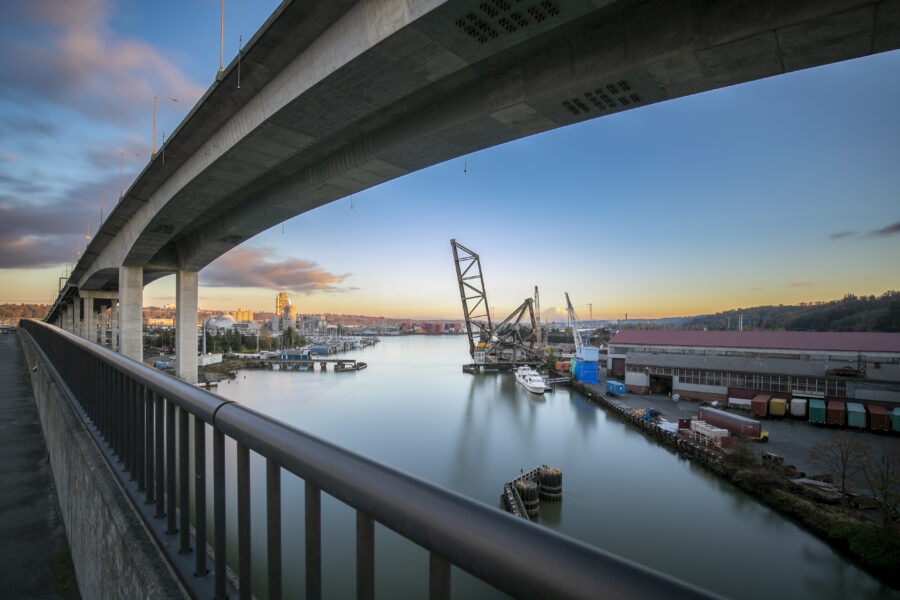Managing a P3 in Operations

Tolled highway and bridge P3 projects are typically large, complicated, controversial, and fraught with risk. The tolling aspects of operations and maintenance are usually a high priority during pre-procurement and procurement. Proposal teams will challenge some of the typical road and bridge operations and maintenance performance specifications if they are too stringent and/or if they feel they will inflate their bid and not provide the public and owner value.
Through all the ups and downs of procurement, there is not much time for owners to plan their management of the implementation, let alone the operations and long term maintenance. The details of the owner’s management processes, staffing, and resources typically don’t get developed until sometime during construction when the operating period starts to become a reality. As the project moves forward and milestones are reached in both design and construction, the owner is able to take a step back and ask the question, “Now what?”
With the end of construction in sight and a facility within a year or so of operation, it is time to start assessing what it will take to manage the operations period, particularly if it is the agency’s first P3 project. In an ideal world, it would be good to do much of the planning for the owner management of the operations prior to procurement. Then, the RFP can reflect any requirements that should be put on the developer to support the owner’s management during operations.
Here are some guidelines to help owners plan for and execute the management of a P3 contract in operations prior to procurement:
1. Define your upper-level management structure
Defining the upper-level management structure for the project during operations early will ensure there is an executive who serves as the main decision maker and understands what executive support will be needed. Ideally, this will be a person or group that provided support during the earlier phases of the project.
2. Develop your goals and objectives
The operations phase of the project may take on some different goals from those set for the design and construction. It is good to re-assess the goals for the planning of the operations phase so the planning team can prioritize its processes and allocation of resources to ensure goals are met.
3. Develop or update a risk matrix
Risk management is critical in all phases of major projects, and operations is no exception. The team should identify all potential risks and develop actions that can help mitigate or reduce risks that exist to the owner during operations.
4. Develop a list of all owner obligations
The list of owner obligations will determine the processes and personnel needed to carry them out – obligations are typically risks that, if not met, would have a consequence to the owner or project.
5. Through risk management, determine the frequency and types of audits your quality control plan should contain
A process should be developed to re-evaluate these on a regular basis. The goal will be to find the most effective and efficient approach during the operations phase.
6. Develop a document/project control system
This document or system can meet your needs now and in the foreseeable future. The history of performance and decision making is important to keep track of, as this information needs to be easily accessible to team members as the project moves forward and team members change.
7. Develop procedures for implementing changes in law, specifications or standards
This procedure will help you during the life of the operating period without the owner bearing all risk.
8. Look ahead at emerging technologies
Look ahead at technologies for communications, wayfinding and toll collection, and plan the infrastructure design accordingly.
These items may not be revolutionary, but they are worth emphasizing. Time spent prior to and during the procurement on the owner’s needs during the operating period may develop some contract requirements that will make life easier for the owner’s management of the contract to pave the way to achieving its goals.
Want to stay connected and get the latest updates on alternative delivery & P3s? Sign up for our newsletter below!




